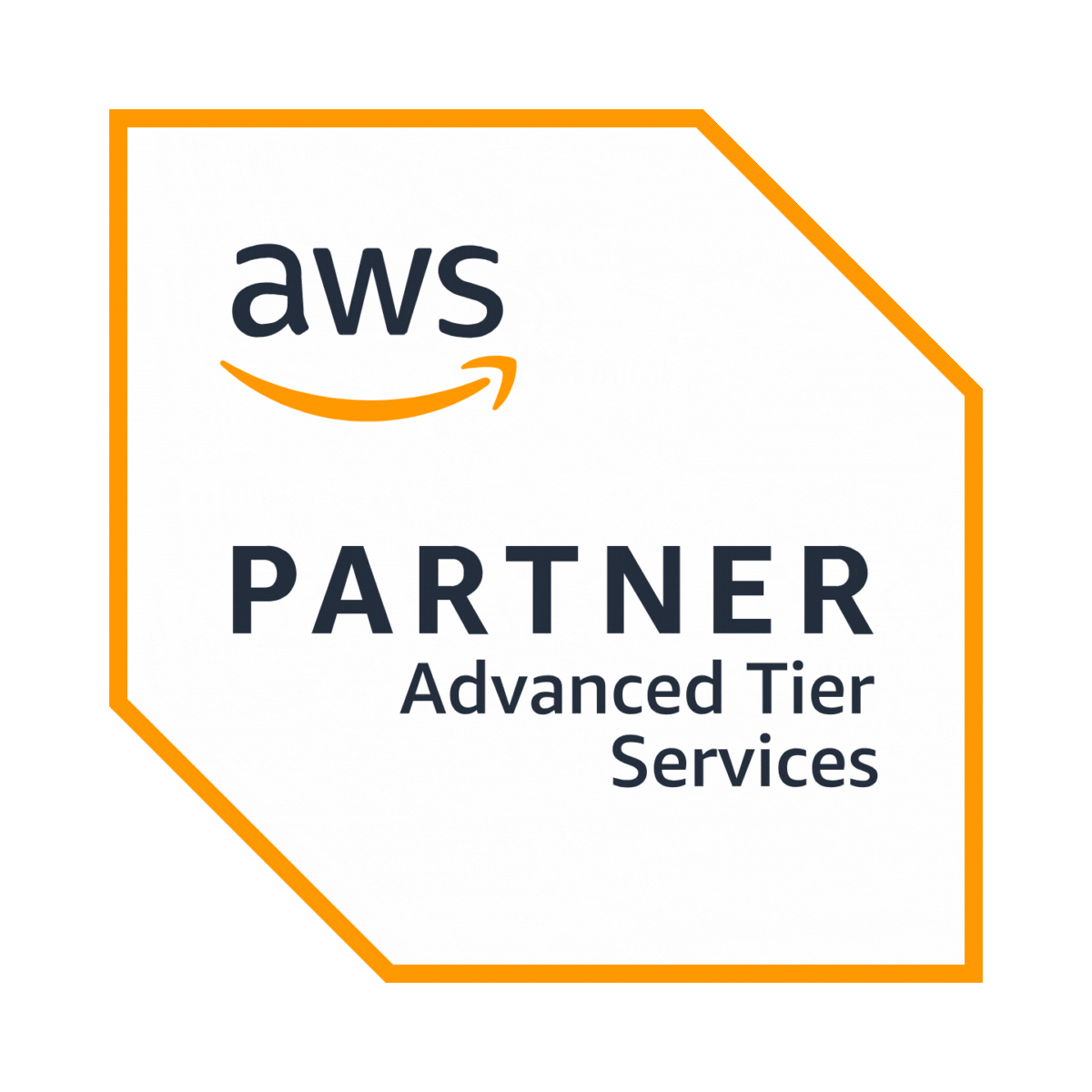1. The growing need for enterprise knowledge management
In today’s business environment, knowledge is one of the most valuable assets organizations possess. Yet, despite its importance, companies often struggle with effectively managing their knowledge. In fact, 95% of employees report that they have to rework tasks because of poorly managed knowledge or redundant information. This wasteful cycle not only decreases productivity but also hinders innovation. (McKinsey)
As organizations grow, the volume of data and knowledge generated can quickly become overwhelming. In a 2019 survey, 53% of employees said they couldn’t find the information they needed in their company’s knowledge management systems. This knowledge gap often leads to delays in decision-making, redundant efforts, and missed opportunities.

2. What is enterprise knowledge management?
At its core, enterprise knowledge management (KM) is a strategic framework for capturing, organizing, sharing, and utilizing the collective knowledge within an organization. In the past, businesses relied heavily on physical records, emails, and word-of-mouth communication to exchange information. But in today’s digital age, these informal systems are no longer sufficient to keep up with the speed and scale at which businesses operate.
A modern KM system uses advanced tools and technologies to streamline and automate these processes, ensuring that the right knowledge is available to the right people at the right time. This could mean anything from project documents, customer insights, and best practices to market intelligence and industry research.
Key components of a successful KM system
- Knowledge repositories: A centralized, organized database that stores all knowledge assets, ranging from documents and reports to videos and presentations. These repositories are designed to make it easy for employees to access critical information.
- Collaboration tools: Platforms like Microsoft Teams, Slack, or Confluence facilitate real-time communication and collaborative document editing, ensuring that teams can work together seamlessly and share insights instantly.
- Search and retrieval systems: With the explosion of data, finding the right information can become a needle-in-the-haystack task. KM systems often include powerful AI-driven search engines that understand context and intent, enabling users to retrieve relevant information quickly.
- Content management systems (CMS): A good CMS helps organizations categorize and manage knowledge assets by type, project, or department, ensuring that information is easy to find and up-to-date.
3. The benefits of a robust knowledge management system
Implementing a knowledge management system is more than just an IT upgrade; it's a strategic initiative that delivers tangible business benefits. Here are some key advantages that organizations experience once they put a strong KM system in place:
Improved efficiency
With knowledge centralized in one easy-to-access system, employees no longer waste time searching for documents, emails, or reports. They can access everything they need in real time, which reduces redundant work, speeds up project completion, and drives greater productivity. According to McKinsey, employees spend 20-30% of their time searching for information, which is significantly reduced with an effective KM system.
Faster decision making
In today’s fast-paced business environment, the speed at which decisions are made can be a critical differentiator. By having instant access to up-to-date knowledge, decision-makers are able to act quickly, improving responsiveness and agility.
Knowledge retention
As employees retire or leave the company, vital knowledge can be lost, putting business continuity at risk. A robust KM system ensures that organizational knowledge, whether it’s technical expertise, customer insights, or best practices, remains intact and accessible. For instance, Accenture found that companies with effective knowledge management processes saw 10-20% better retention of critical information.
Enhanced collaboration
A well-designed KM system facilitates better communication between teams, departments, and individuals. Employees can share insights, solve problems together, and collaborate on projects without the silos that often impede information flow.
Increased innovation
When knowledge is shared across the organization, employees can build upon each other’s ideas, leading to greater innovation. Instead of reinventing the wheel, teams can leverage the experiences and insights of others to come up with new solutions or improvements to existing products and services.
4. AI-powered knowledge management as the game changer
The integration of artificial intelligence (AI) into knowledge management is transforming how businesses manage, share, and utilize information. Traditional KM systems often relied on manual processes, tagging, and organizing, which could be slow and error-prone. AI, however, introduces automation, precision, and scalability, making KM not only more efficient but also more intelligent.
AI-powered solutions that enhance knowledge management
- Automated content tagging and classification: AI algorithms can automatically categorize and tag documents based on their content, eliminating the need for manual tagging. This ensures that knowledge is organized correctly and consistently, even as the volume of data increases.
- Natural language processing (NLP) for search and retrieval: Traditional search functions rely on keyword matching, which can be limiting. AI-driven search engines use NLP to understand context and user intent. According to Gartner, companies that implement AI-powered search tools experience a 40% improvement in information retrieval speed.
- AI-driven knowledge recommendations: AI can analyze usage patterns and recommend relevant knowledge to employees based on their roles, needs, or tasks.
- Real-time insights and analytics: AI can continuously analyze vast amounts of internal data and provide actionable insights.

5. How to build an effective knowledge management strategy
Building an effective knowledge management strategy is not an overnight task. It requires a clear understanding of your business goals, the tools and technologies you need, and a roadmap for implementing and maintaining the system. Here's a step-by-step guide to help you create a KM strategy that works for your organization:
Step 1: Define clear objectives
The first step in creating an effective KM strategy is defining clear objectives. What do you want to achieve with your KM system? For example, are you trying to improve customer service, speed up product development, or facilitate better internal communication?
Step 2: Centralize your knowledge base
To maximize the value of your KM system, centralize all your knowledge in one platform. Platforms like Google Workspace and Microsoft Teams can integrate with your system to provide streamlined knowledge management.
Step 3: Implement AI and automation
AI tools can automate tasks like categorization, search optimization, and predictive analytics, improving knowledge accessibility and efficiency. Explore Generative AI consulting services for further insights into integrating AI into your KM strategy.
Step 4: Encourage collaboration across teams
Fostering a knowledge-sharing culture encourages collaboration and faster decision-making. Tools like Slack and Confluence facilitate this collaborative environment.
Step 5: Regular monitoring and updates
Regular reviews of your KM system ensure it evolves with the business. Consider enterprise AI development solutions for ongoing support in optimizing your knowledge system.
6. Challenges in implementing knowledge management systems
While implementing a KM system can provide immense value, organizations often face several obstacles that can hinder success.
Employee resistance
Resistance to change is common, but employee buy-in can be secured through training, clear communication, and emphasizing the benefits of KM systems.
System integration issues
To avoid challenges with legacy systems, ensure compatibility with existing platforms. Applify offers customized solutions for smooth integration.
Content quality and consistency
To ensure that the content within your KM system remains valuable, regular audits and contribution guidelines must be established.
7. Future of enterprise knowledge management
As businesses become more agile and data-driven, the role of KM systems will only continue to grow. Implementing AI technologies such as those offered by we ensure a future-proof KM system that supports continuous learning, collaboration, and innovation.
Ready to unlock the power of AI for your knowledge management system? Contact us today to learn how we can help you streamline your knowledge processes and build a smarter, more connected business.


















